Under the Influence of Irving – A Review of Queen Esther
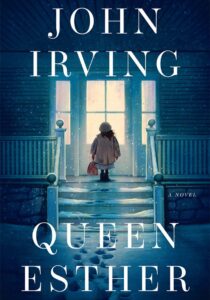
Queen Esther, John Irving, Simon & Schuster, 2025, pp. 432
I’ve just finished reading the new John Irving novel, Queen Esther. I loved it. I was always going to love it. It’s John Irving.
So, this is not an unbiased review.
I’ve been reading, and rereading, John Irving since my teens when books like The World According to Garp (1978) and The Hotel New Hampshire (1981) held forbidden topics of homosexuality, gender reassignment, adultery, prostitution, incest and rape, while appearing hefty and literary to my oblivious parents I hid my fascination with sex scenes and gay rights under the perfect disguise of being a bookworm. The Cider House Rules (1985) changed my indoctrinated mind on women’s reproductive rights. A Prayer for Own Meany (1989) had me looking at religion in a whole new way.
Of course, these novels are hefty and literary; they aren’t intended to be salacious. The four mentioned above, are generally considered Irving’s greatest works, and if you’ve never read any of his books, I wouldn’t recommend starting with Queen Esther. Go for Owen Meany if you can cope with large chunks of dialogue in capitals. If you can’t, I’d suggest starting with Garp or The Cider House Rules instead.
Whilst not really a sequel, Queen Esther features some characters from The Cider House Rules, and there’s a nostalgia in finding Dr Larch and nurses Angela and Edna again. In Queen Esther, Irving revisits not just the orphanage at St Clouds, but what it is to be orphaned and to be raised in an atypical family unit.
Other themes are recycled here too: feminism, reproductive rights, LGBTQIA+ rights, prostitution, unrequited age-gap love, height or lack of it, Vienna, dogs, wrestling. These motifs have recurred throughout Irving’s novels and, for the committed fan, they bring comfort and familiarity confirming shared political beliefs.
Irving’s obsessions with Bob Dylan and tattoos arise too, having been previously explored in Until I Find You (2005). Perhaps due to witnessing too many terrible approximations of Dylan songs at folk clubs and open mic nights over the decades, I have a hard time with Bob. But Queen Esther, with a canine character called Hard Rain, is bringing me around at last. I’ve already had a row with my anti-Dylan other-half about buying a mint original Blood on the Tracks (1975) last weekend. But that’s a whole other story. And I’m NOT getting a tattoo. At least not until I’ve reread Until I Find You…
I digress. Queen Esther isn’t really about Bob Dylan or tattoos. But it’s not about Esther either. Despite the title, she isn’t the main protagonist. That responsibility goes to Jimmy Winslow, aspiring author and Dickens Man.
Here we come to another of Irving’s preoccupations, and one which took longer to change my mind than his discourse on abortion. The works of Charles Dickens were ruined for me by one of my comprehensive school English teachers who managed to make tedious the greatest novel in the English language (Great Expectations (1861), according to Irving).
My aversion to Dickens has been compounded by a congenital abnormality which makes me incapable of appreciating musical film or theatre. To me, the 1968 film Oliver! is an offence of the worst kind – saccharine songs, cor blimey accents, and the triumph of one insufferable rags-to-riches kid while other less-fortunates remain in dire poverty. The fact that Dickens was actually a socialist was completely lost on me. Various other costume drama versions of Dickens novels have done nothing to persuade and only discouraged me.
It wasn’t until I read In One Person (2012) – my favourite Irving novel, if I had to choose – that I was convinced to reappraise my stance on Dickens, and I’m glad I finally did. I started with David Copperfield (1850) – one of the books read aloud to the orphans at St Clouds in The Cider House Rules. That I listened to the audiobook read by Martin Jarvis perhaps enabled me to love this book. I could listen to Martin Jarvis all day, and in fact, I have done, with David Copperfield, Great Expectations, Hard Times (1854), and lately, yes, Oliver Twist (1838). Although, it wasn’t Irving who convinced me of the merits of Dickens’ second novel, but Ali Smith in Artful (2012).
The Dickens influence is present in all of Irving’s works, and blatantly so in Queen Esther where Jimmy’s grandfather teaches Dickens to his students and his grandson. Jimmy’s first novel is about a college tutor who uses Dickens to save the lives of his suicidal students. By the end of Queen Esther, I really wanted to read The Dickens Man.
Queen Esther is full of stories within stories, and the reader is frustrated when several paths twist away from the road they thought were on. Esther disappears part way through the novel to to join a group of Israeli freedom fighters. She doesn’t appear again until the end, and we are left wondering what her story was, because Queen Esther isn’t it.
The preceding Irving novel, The Last Chairlift (2022), was 889 absorbing pages, and at a mere 432 pages, Queen Esther simply isn’t long enough. There’s too much unsaid, too much glossed over in tying up loose ends. Too much and yet not enough.
John Irving was twenty-six when his first novel was published (Setting Free the Bears, 1968). Now eighty-three, Queen Esther is his sixteenth. I hope it’s not his last.
My only criticism of Queen Esther is that I wanted more.
Blackpool has a long tourist season that runs from Easter to Christmas each year, but the biggest seaside spectacular takes place throughout the winter months when the attractions…
Do you remember your first time? Was it exciting? Were you nervous? Did you just want to get it over with? One of the most wonderful of the…
As the old year comes to a close, I think about things I am grateful for and about fostering good habits for the new year ahead. Which is…
I don’t want to bring you down, but Christmas isn’t always fun for me. It’s a difficult time for a lot of people. The pressure is on to…
There has long been an association between mental illness and creativity with seemingly endless examples of successful creatives affected by anxiety, depression, bipolar and other mental disorders: F….


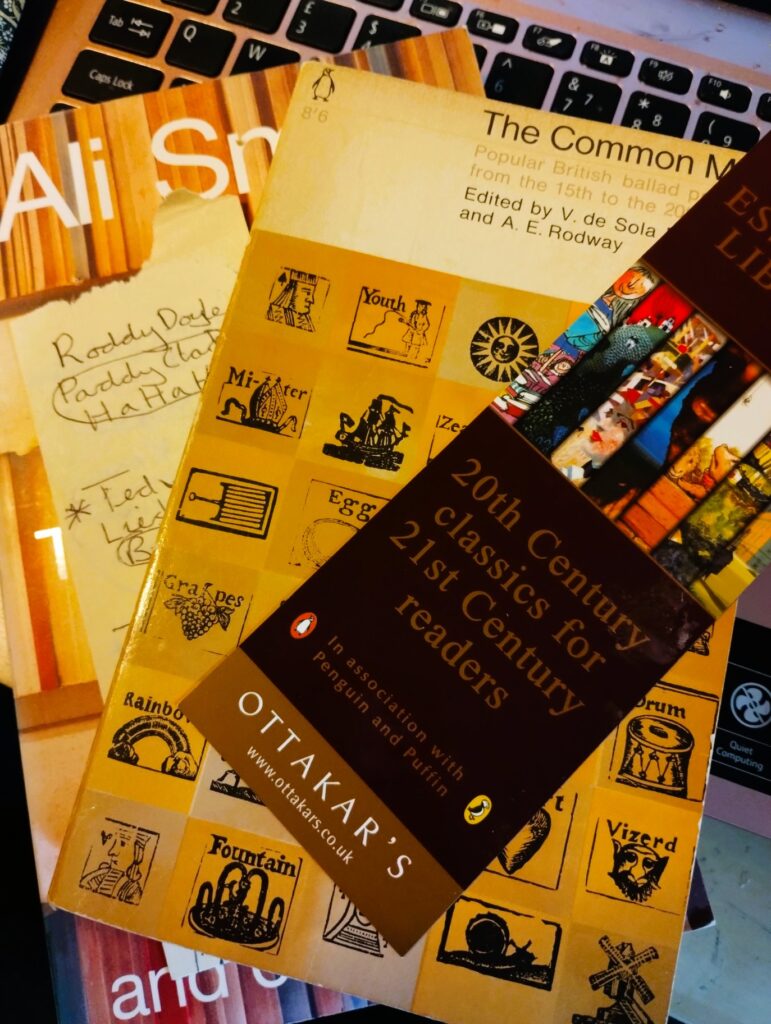
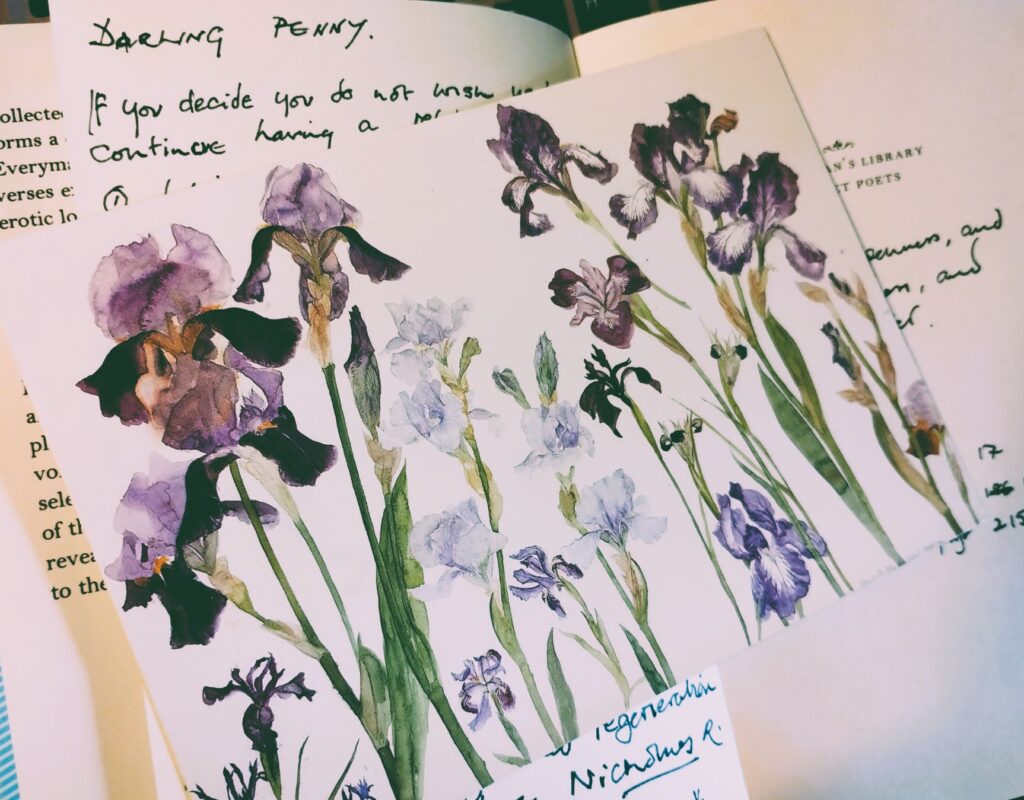

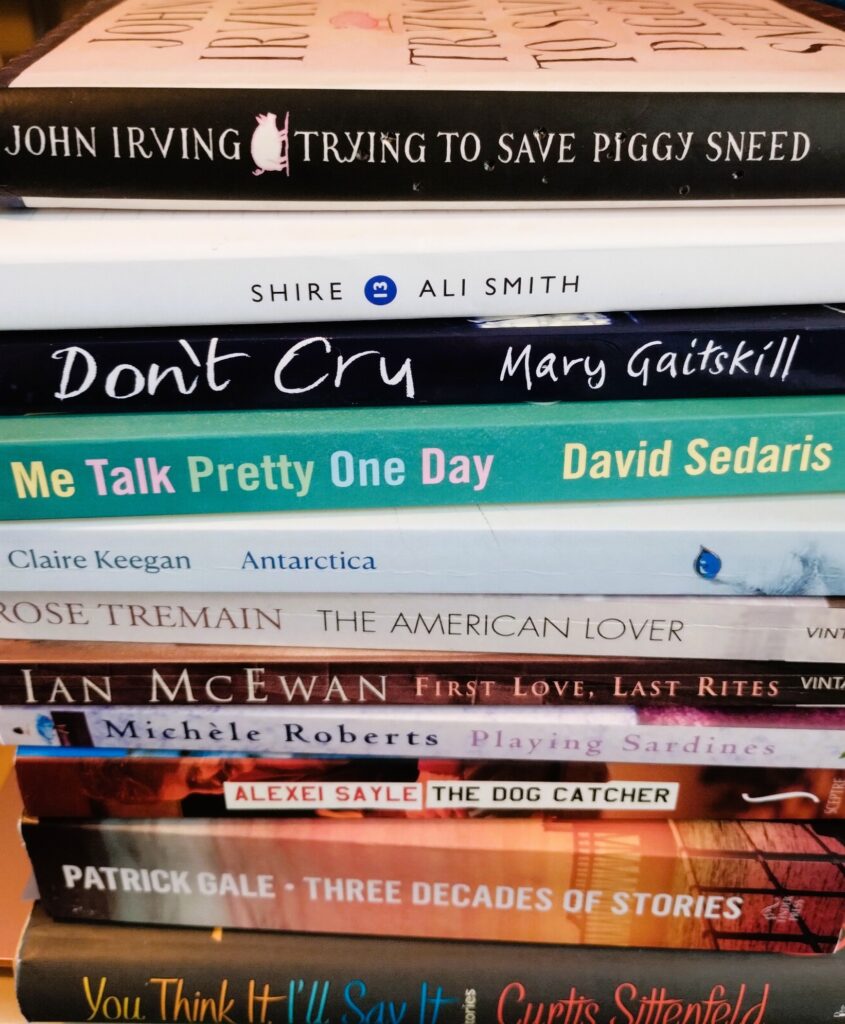




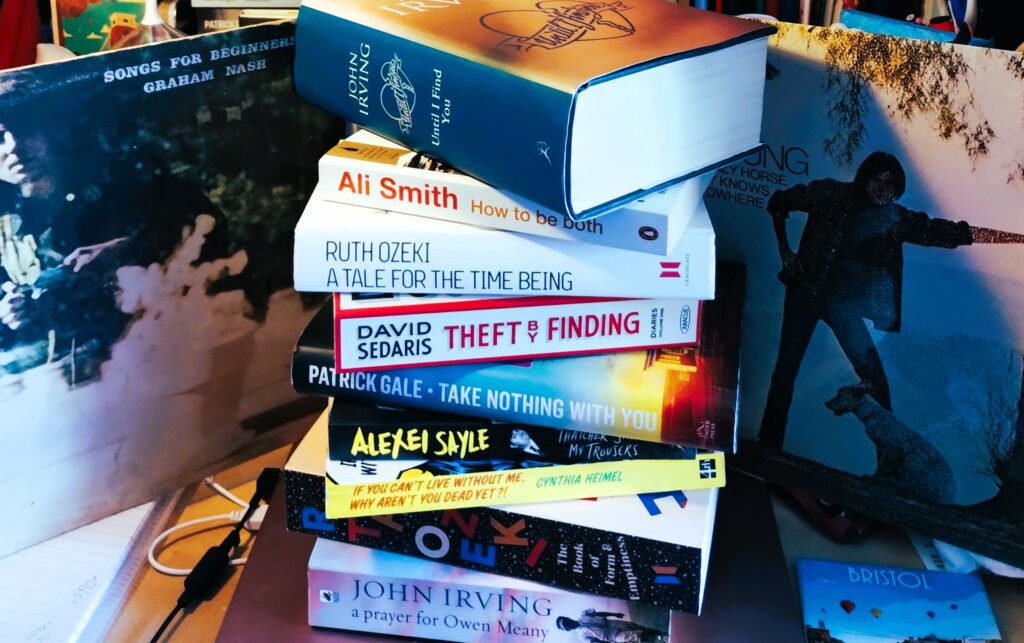





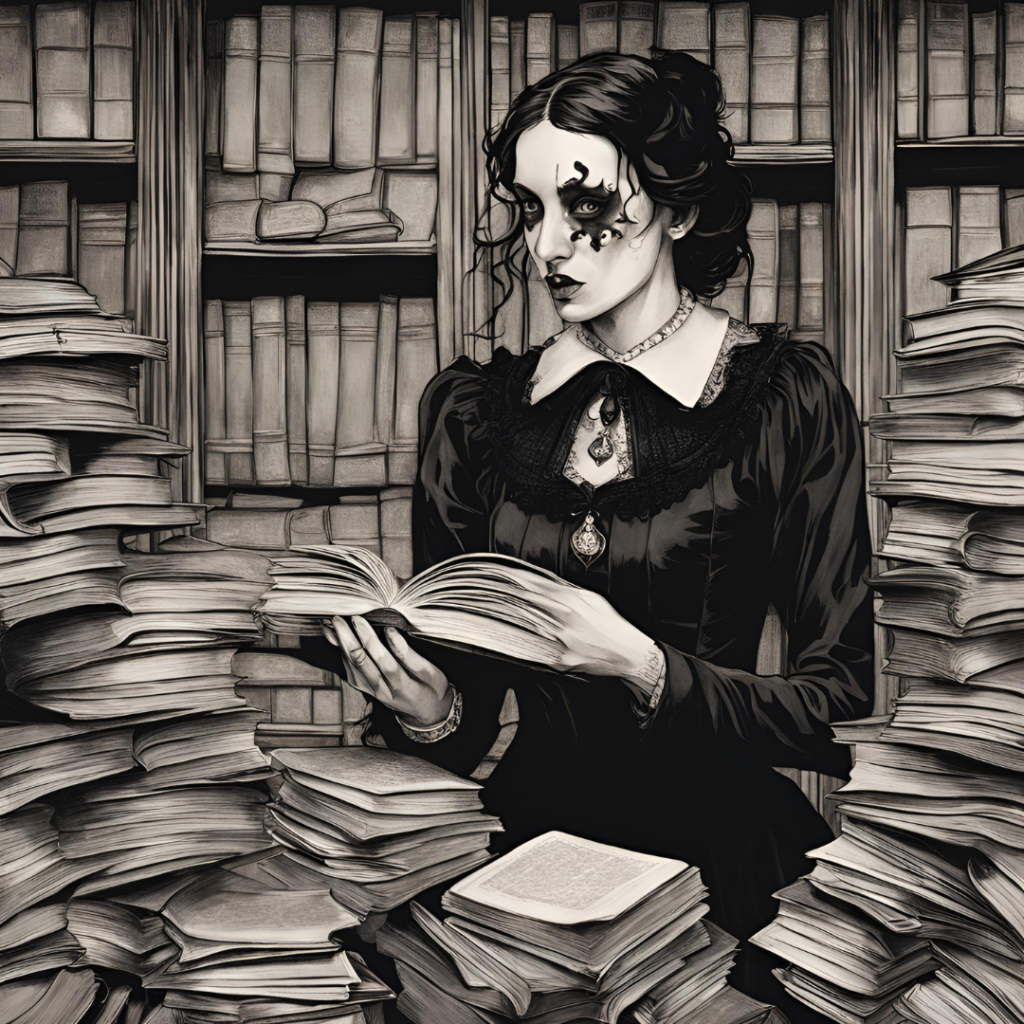
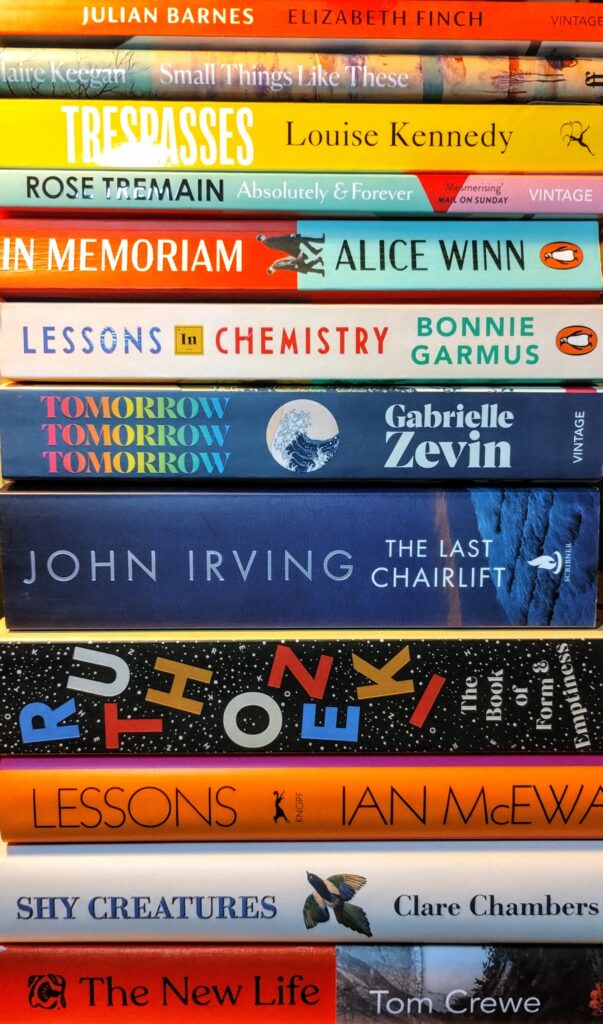


Wonderful post, just wonderful.
I’m not too familiar with John Irving, though I read ‘The Cider House Rules’ and enjoyed that. You’ve inspired me to look-up ‘Queen Esther’. Bob Dylan has blown my mind a few times over the years. Always loved Dickens. Enjoyed the read… you’ve got me thunking.
Interesting! It’s been years since I dug into a John Irving but, like you, his early works were my refuge as a young adult. From Setting Free the Bears to Cider House Rules. Then I stopped, not sure why. Thanks for opening my eyes to Queen Esther!
Glad to learn you loved THE LAST CHAIRLIFT: so did I! In fact, i’m certain the reviewers who gave it thumbs down werevtoo eager to do so (Irving has always attracted extra rabid critics). It’s a GREAT twist on the family unit that should have been done a long time… Read more »